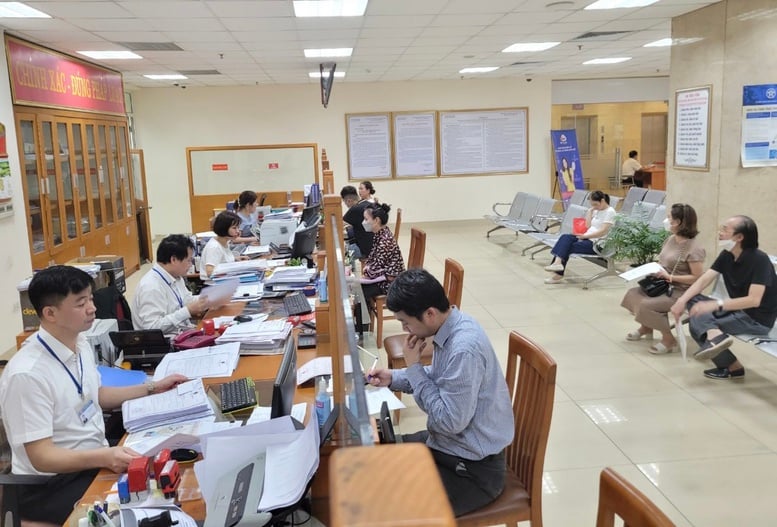
It is expected that after the reorganization, the number of commune-level administrative units nationwide will decrease by about 70%, from the current 10,035 units to less than 3,000 grassroots-level administrative units.
The process of formation and development of local government in our country is associated with the process of organizing 3-level administrative units (province, district, commune) stably from the early period of the country's founding until now, ensuring the inheritance, preservation and promotion of traditional, historical and cultural values of each administrative unit.
However, the division of administrative units and the implementation of the 3-level local government model have created shortcomings, dispersing resources and potentials of localities for development, increasing the number of management agencies, party and mass organizations, increasing the number of staff and civil servants, leading to cumbersome organization of local government apparatus in particular, and the political system at all levels in general, wasting state budget resources.
Furthermore, the tasks and powers of local authorities overlap between the district level, the provincial level and the commune level. Local authorities at the district level mainly play the role of relaying information on policies, laws and implementation guidelines from the provincial level to the commune level.
In the context that the state apparatus is promoting digital transformation, building digital government and digital society, many traditional administrative activities have been digitized and implemented in the network environment, regardless of administrative boundaries, creating convenience for people and businesses and ensuring inspection and supervision activities of superior state agencies.
Therefore, ending the operation of district-level administrative units and rearranging and reorganizing commune-level administrative units will contribute to streamlining, reducing intermediate levels, building and consolidating strong grassroots local governments, close to the people, practically improving the material and spiritual life of the people to meet the requirements and tasks in the new period.
It is expected that after the reorganization, the number of commune-level administrative units nationwide will decrease by about 70%, from the current 10,035 units to less than 3,000 grassroots-level administrative units.
Recently, the draft Law on Organization of Local Government (amended) was released by the Ministry of Home Affairs for public consultation with the aim of fundamentally amending regulations on organization and operation of local government in order to convert the local government organization model from the current 3 levels (including: provincial, district and commune levels) to 2 levels (including: provincial and grassroots levels), ensuring a streamlined, efficient, effective, and unified apparatus and the consistency and smoothness of the state administration from the central to grassroots levels.
Accordingly, the Draft Law amends and supplements regulations on the organization of administrative units and the two-level local government model (including: provincial and grassroots levels, not organized at district level) suitable for urban, rural, island areas, and special economic administrative units.
Accordingly, the provincial level remains as per current regulations (including: provinces, centrally run cities), but merges a number of provincial-level administrative units to ensure compliance with prescribed standards, and at the same time to expand development space; reorganizes current commune-level administrative units to form grassroots-level administrative units (including: communes, wards and special zones in islands) to suit the new organizational model; economic-special administrative units remain as per current regulations established by the National Assembly.
Based on the two-level local government model, the draft Law has clearly defined the tasks and powers of each level of local government in the direction that the provincial level focuses on promulgating mechanisms, policies, strategies, planning, macro-management, inter-regional and inter-base issues that exceed the capacity of the base to resolve, require deep expertise and ensure consistency across the province.
The grassroots level is the level of policy implementation (from the central and provincial levels), focusing on tasks serving the people, directly solving community problems, providing basic and essential public services to local people; tasks that require community participation, promoting the initiative and creativity of the grassroots level.
Specifically, for provincial-level local authorities, to consistently implement the principle of "locality decides, locality does, locality is responsible", in addition to the tasks and powers of provincial-level local authorities according to current regulations, the draft Law has added a number of provisions to promote decentralization from the Central Government to provincial-level local authorities, especially in promulgating mechanisms, policies, planning, finance, budget, investment, etc. of localities.
Meanwhile, the local authorities at the grassroots level will assume the tasks and powers of the commune-level local authorities and the tasks and powers of the current district-level local authorities.
At the same time, the draft Law stipulates that based on the practical situation, provincial-level local authorities shall promote decentralization and delegation of their tasks and powers to grassroots-level local authorities in order to improve the governance capacity of the grassroots level, enhance efficiency, effectiveness and efficiency in state management and promote local socio-economic development; especially promoting decentralization and delegation of authority to ward-level local authorities to manage and develop urban areas, develop urban economy and promote decentralization and delegation of authority to special zone local authorities to grant autonomy in state management in island areas, ensuring flexibility and proactive response when sudden and unexpected events and situations occur in order to firmly protect the independence, sovereignty and territorial integrity of the nation in sea areas and islands, promote the advantages and potential of the marine economy, integrate into the international economy, and ensure attracting people to live, protect and develop islands.
The grassroots organizational structure is designed like a small district level.
To ensure that local authorities at all levels effectively perform their assigned tasks and powers, the draft Law has amended and supplemented regulations on the organizational structure of local authorities at provincial and grassroots levels.
Accordingly, for the provincial-level local government, the current regulations are basically maintained. The draft Law only increases the appropriate number of provincial-level People's Council delegates to match the merger of provincial-level administrative units and adds a provision that the members of the Provincial People's Council Committee can be full-time delegates as prescribed by the National Assembly Standing Committee to inherit the provisions in the National Assembly's Resolutions on the organization of urban government.
For local authorities at the grassroots level, the Draft Law stipulates the organizational structure of People's Councils and People's Committees at the grassroots level (communes, wards, and special zones) which is basically designed as for People's Councils and People's Committees at the district level (before dissolution) but on a smaller scale.
Accordingly, the maximum number of delegates to the People's Council at the grassroots level is 40 delegates (except for communes with isolated locations that do not undergo reorganization and have a small population, it will basically remain the same as the provisions of the current Law); the People's Council at the grassroots level has 02 Committees: the Legal Committee and the Economic - Social Committee; the People's Committee at the grassroots level is allowed to organize specialized agencies with appropriate numbers.
Thu Giang
Source: https://baochinhphu.vn/xay-dung-cung-co-chinh-quyen-dia-phuong-cap-co-so-vung-manh-gan-dan-10225032611132621.htm


![[Photo] Draft documents of the 14th Party Congress reach people at the Commune Cultural Post Offices](https://vphoto.vietnam.vn/thumb/1200x675/vietnam/resource/IMAGE/2025/10/28/1761642182616_du-thao-tai-tinh-hung-yen-4070-5235-jpg.webp)

![[Photo] Flooding on the right side of the gate, entrance to Hue Citadel](https://vphoto.vietnam.vn/thumb/1200x675/vietnam/resource/IMAGE/2025/10/28/1761660788143_ndo_br_gen-h-z7165069467254-74c71c36d0cb396744b678cec80552f0-2-jpg.webp)


![[Photo] National Assembly Chairman Tran Thanh Man received a delegation of the Social Democratic Party of Germany](https://vphoto.vietnam.vn/thumb/1200x675/vietnam/resource/IMAGE/2025/10/28/1761652150406_ndo_br_cover-3345-jpg.webp)




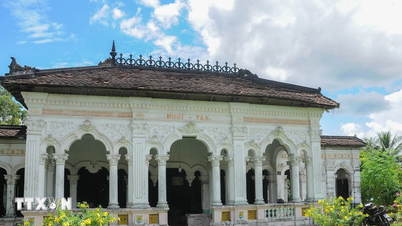










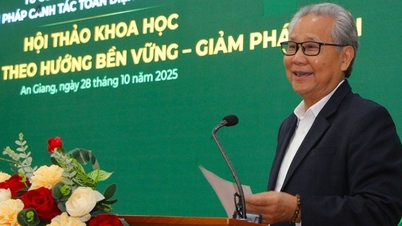


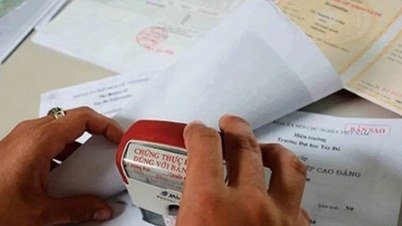

![[Photo] President Luong Cuong attends the 80th Anniversary of the Traditional Day of the Armed Forces of Military Region 3](https://vphoto.vietnam.vn/thumb/1200x675/vietnam/resource/IMAGE/2025/10/28/1761635584312_ndo_br_1-jpg.webp)




































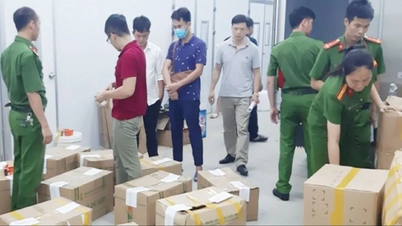

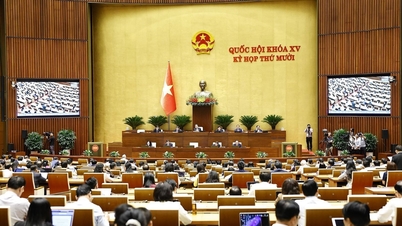

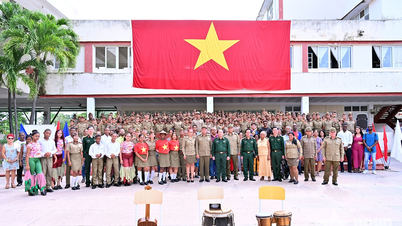
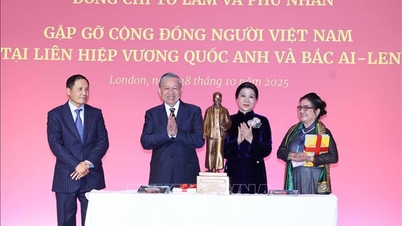
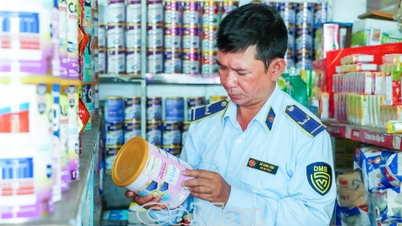



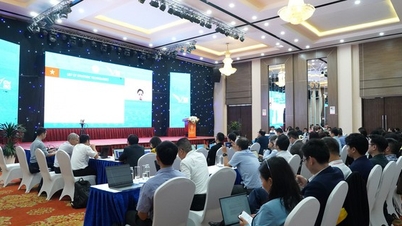


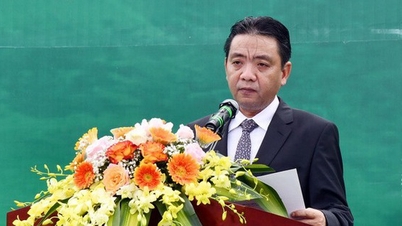
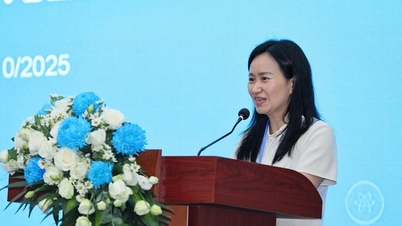
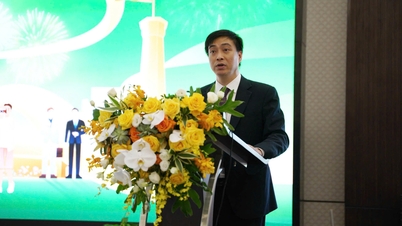

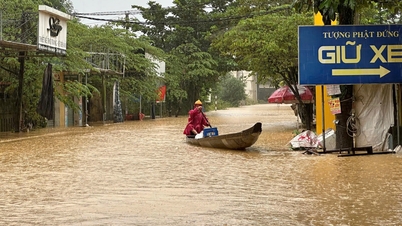






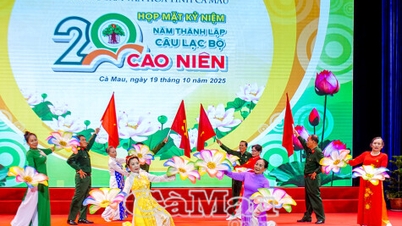
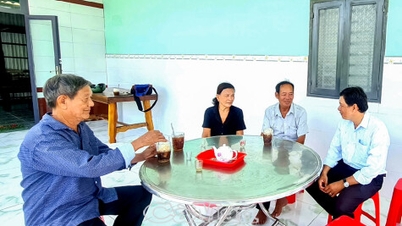















Comment (0)